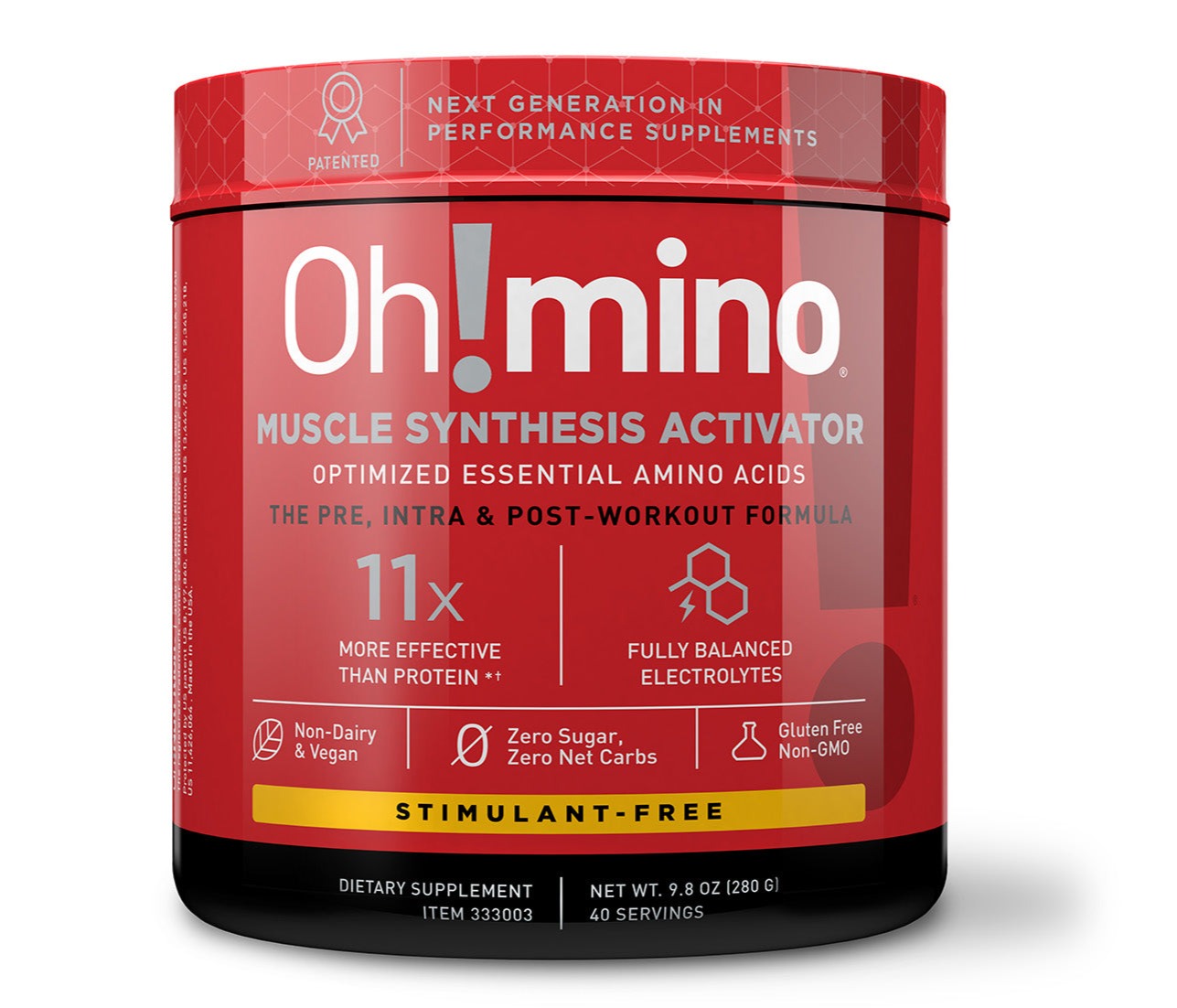Seven Misconceptions on Glute Training Decoded
Welcome back, readers. Today, we're discussing glute training, a subject often shrouded in myths. I'm here to dispel these fallacies and ensure your fitness journey follows the right trajectory.
Myth #1 – Glute Training Alters Your Butt's Shape
Just like the 'work harder, not smarter' axiom is outdated in our 4-Hour Work Week context, believing that glute training will alter your natural body structure is similarly mistaken. Your hip width, muscle insertions, and fat distribution—genetically determined aspects—significantly shape your glutes. Working out can definitely enhance your glute aesthetics, but expecting it to change your bone structure is like expecting to be a pro athlete just by reading about the sport.
Myth #2 – Squats Are the Ultimate Glute Exercise
Squats to glute training is like email to productivity—a common association, but not necessarily the most effective one. Bret Contreras' 2016 study showed hip thrusts activated the glutes more than back squats, a finding mirrored in a 2015 study by Yavuz et al. Squats are fantastic, just like email is crucial for communication, but don't put all your glute-training eggs in the squat basket. Diversify to maximize results!
Myth #3 – Spot Reduce Butt Fat with Glute Training
Spot reduction is as real as unicorns. The belief that you can lose fat in specific body parts by training them is as erroneous as believing working longer hours directly leads to success. Genetics primarily determine fat storage, and the only real way to lose fat anywhere is to maintain a caloric deficit, much like the only real way to achieve productivity is smart time and energy management.
Myth #4 – Weekly Glute Training Suffices
Your glute workout routine needs to be optimized. The idea of training your glutes only once a week is as ineffective as working just one day a week expecting to reach your productivity peak. Spread your glute training volume across 3-4 days a week for optimized growth and recovery, like you would spread your work tasks efficiently across your work week.
Myth #5 – Glutes Are Predominantly Fast-Twitch
This myth may arise from observing the impressive glutes of sprinters and explosive athletes. However, the gluteus maximus contains a balanced mix of both slow-twitch and fast-twitch muscles. Simply put, diversified skills lead to better results, and diversified training with various rep ranges is best considering the fiber composition of your glutes.
Myth #6 – A Couple of Exercises Are Enough
It is important to emphasize that it's essential to incorporate multiple exercises in your glute training. The gluteus maximus has unique functional subdivisions, each responding better to different movements. Mix it up with heavy weights, low reps, lighter weights, and higher reps to give your glutes a comprehensive workout.
Myth #7 – Post-Workout Soreness Equates to Effectiveness
Soreness as a workout effectiveness indicator is as misleading as equating busyness to productivity. Delayed Onset Muscle Soreness (DOMS) is common when introducing new exercises or increasing intensity, but perpetual soreness could compromise your workout quality. The focus should be on the efficiency of our efforts and not the burnout!
So in one Monday Mythbuster we debunked not one, but SEVEN myths specific to Glute works. You're welcome!
Stay fit my friend!
Michael
Founder & CEO

